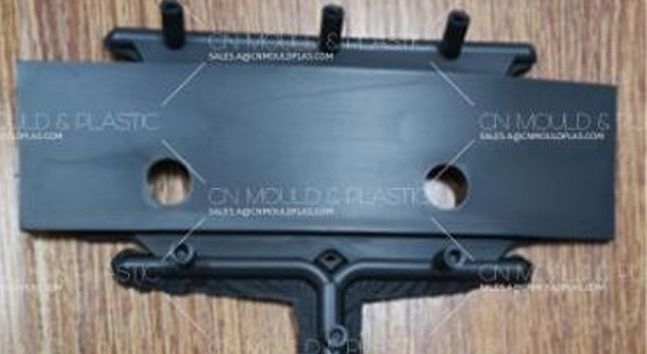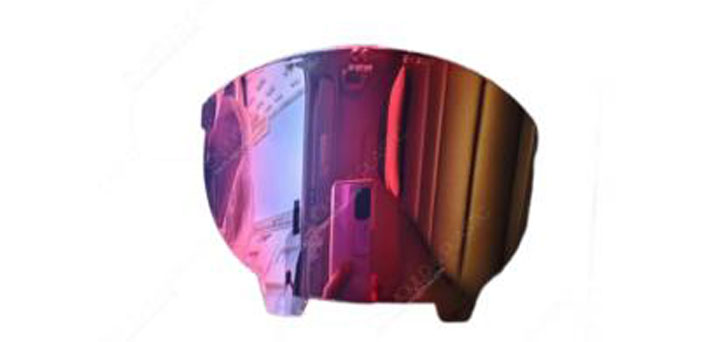(1) When measuring parts, you need to choose a vernier caliper of appropriate length. Generally, don't use an overly long one to measure short dimensions, as this will increase measurement errors and make it inconvenient to use.
(2) When taking measurements with a vernier caliper, usually use your left hand to position at the left measuring point, and gently push the right measuring bracket back or forth with your right thumb. Never grab the right bracket with your right hand and push or pull it hard. This way of measuring takes more time, makes it hard to control the force, and leads to larger measurement errors.
(3) When measuring, it's better to sit upright on a stool, with both hands basically parallel to the caliper, not one high and the other low.
(4) The measuring point is generally positioned 2mm below the measuring end face (unless there's a large draft angle, which needs to be specially noted). For rough-precision parts, this requirement doesn't apply.
(5) It's crucial to master the force used with both hands during measurement (especially when measuring the width where force can cause deformation). Generally, it's best that the measuring points at both ends just make contact; otherwise, the measurement error will be large.
Polymer materials (mainly referring to plastic products) generally have the phenomenon of thermal expansion and contraction, and their contraction process changes in a gradual curve. Usually, after being placed in an environment of 20℃±3℃ for 2 hours, the change process will enter a relatively stable state, that is, the subsequent change is very small. For plastic parts without high-precision requirements, the qualified dimensions measured in this environment can meet the assembly requirements.
Generally speaking, when producing in hot seasons (summer and autumn), it's more appropriate to control the size of plastic parts in the middle of the tolerance range. In cold seasons (winter), it's acceptable to control the size of plastic parts at the upper limit or 0.20mm above it. The most common issue is that plastic parts tend to be shorter in cold seasons, which leads to the most customer complaints during use. Conversely, in hot seasons, the most common customer complaints are about plastic parts being too large. These are closely related to products in inventory crossing seasons, different ambient temperatures during use, and also have a lot to do with our daily control standards. The principle for controlling dimensions in daily production is: make them "longer" in cold weather and "shorter" in hot weather. The "longer" and "shorter" here are within limits and cannot be controlled beyond the requirements of inspection documents and drawings. The cold and hot of the environment vary with seasons in different regions, and the division of seasonal size control is based on 20℃±3℃.
Under normal circumstances, there's a big difference between the machine-measured (colorimeter) color difference and the visual color difference for bright colors. Generally, the machine-measured color difference is larger than the visual one. That is to say, when the visual color difference is acceptable, the machine-measured one often exceeds the standard. In such cases, the general control principle is: check against the sample. If the color difference is not obvious and the parts can be matched, they can be produced in a matched set. If they can't be matched, or the color difference is indeed excessive and obvious to the eye, they are judged as unqualified or rectification is required.
When observing colors, light or the surrounding environment has a great impact. It's generally not advisable to judge color difference on the production machine, but usually, obvious color differences can be found and diagnosed under the light next to the machine.
During daily inspections or finished product inspections, to avoid being misled by product color differences due to empiricism, it's recommended to compare with the sample (the first piece, a qualified part that has passed inspection) during detection. A colorimeter must be used for detection to determine the acceptability and condition of the color difference.
When the color difference is within 0.50 (referring to the difference from the color sample), it's hard to perceive with the naked eye. However, if the color difference of two parts from the color sample is both 0.5, for example, one is yellowish and the other is whitish, the color difference is very likely to be obvious, especially when producing matching parts, which requires great attention to control.


